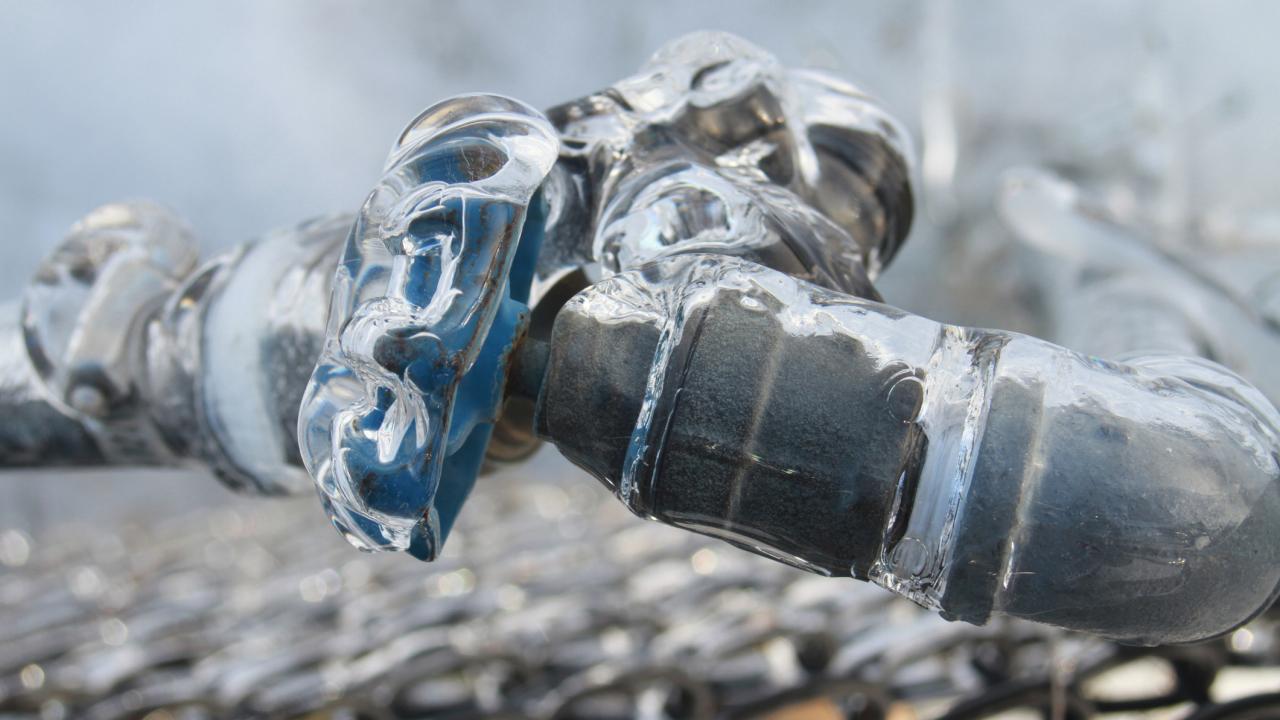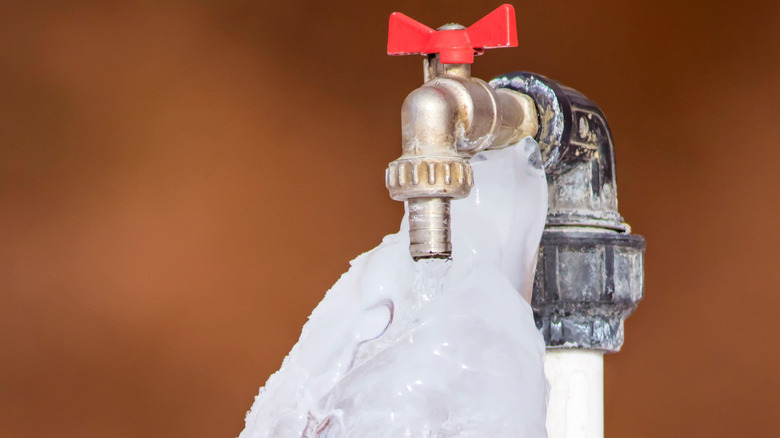Avoiding Pipes from Cold Weather: Top Strategies
Avoiding Pipes from Cold Weather: Top Strategies
Blog Article
Almost everyone seems to have his or her own beliefs about 6 Ways to Prevent Frozen Pipes.

Winter can wreak havoc on your pipes, specifically by freezing pipes. Here's how to prevent it from taking place and what to do if it does.
Introduction
As temperature levels decline, the danger of icy pipes boosts, potentially leading to pricey repair services and water damage. Recognizing how to prevent icy pipes is crucial for property owners in chilly environments.
Recognizing Frozen Pipelines
What causes pipes to freeze?
Pipes freeze when revealed to temperatures listed below 32 ° F (0 ° C) for extended durations. As water inside the pipelines ices up, it broadens, taxing the pipe walls and potentially triggering them to burst.
Risks and damages
Frozen pipelines can bring about supply of water disturbances, property damages, and pricey fixings. Burst pipelines can flood homes and trigger substantial structural damages.
Indicators of Frozen Pipes
Recognizing icy pipes early can prevent them from rupturing.
Exactly how to determine frozen pipelines
Search for reduced water flow from taps, uncommon odors or sounds from pipes, and noticeable frost on subjected pipelines.
Avoidance Tips
Protecting susceptible pipes
Cover pipes in insulation sleeves or use warm tape to secure them from freezing temperature levels. Concentrate on pipes in unheated or outside areas of the home.
Home heating techniques
Keep indoor spaces adequately heated, particularly locations with pipes. Open up closet doors to permit cozy air to distribute around pipelines under sinks.
Safeguarding Exterior Pipes
Garden hose pipes and outdoor faucets
Separate and drain pipes yard tubes before wintertime. Install frost-proof faucets or cover exterior faucets with protected caps.
What to Do If Your Pipelines Freeze
Immediate activities to take
If you think icy pipelines, maintain taps open up to ease stress as the ice melts. Make use of a hairdryer or towels soaked in warm water to thaw pipelines slowly.
Long-Term Solutions
Architectural changes
Take into consideration rerouting pipelines away from outside walls or unheated locations. Add added insulation to attic rooms, basements, and crawl spaces.
Upgrading insulation
Invest in high-grade insulation for pipelines, attics, and wall surfaces. Appropriate insulation helps preserve consistent temperature levels and decreases the threat of frozen pipes.
Final thought
Stopping frozen pipelines requires aggressive steps and fast reactions. By recognizing the causes, indications, and preventive measures, house owners can protect their plumbing throughout winter.
5 Ways to Prevent Frozen Pipes
Drain Outdoor Faucets and Disconnect Hoses
First, close the shut-off valve that controls the flow of water in the pipe to your outdoor faucet. Then, head outside to disconnect and drain your hose and open the outdoor faucet to allow the water to completely drain out of the line. Turn off the faucet when done. Finally, head back to the shut-off valve and drain the remaining water inside the pipe into a bucket or container. Additionally, if you have a home irrigation system, you should consider hiring an expert to clear the system of water each year.
Insulate Pipes
One of the best and most cost-effective methods for preventing frozen water pipes is to wrap your pipes with insulation. This is especially important for areas in your home that aren’t exposed to heat, such as an attic. We suggest using foam sleeves, which can typically be found at your local hardware store.
Keep Heat Running at 65
Your pipes are located inside your walls, and the temperature there is much colder than the rest of the house. To prevent your pipes from freezing, The Insurance Information Institute suggests that you keep your home heated to at least 65 degrees, even when traveling. You may want to invest in smart devices that can keep an eye on the temperature in your home while you’re away.
Leave Water Dripping
Moving water — even a small trickle — can prevent ice from forming inside your pipes. When freezing temps are imminent, start a drip of water from all faucets that serve exposed pipes. Leaving a few faucets running will also help relieve pressure inside the pipes and help prevent a rupture if the water inside freezes.
Open Cupboard Doors
Warm your kitchen and bathroom pipes by opening cupboards and vanities. You should also leave your interior doors ajar to help warm air circulate evenly throughout your home.

We had been shown that article on Prevent Frozen Pipes from a good friend on a different website. Do you know about another individual who is intrigued by the topic? Do not hesitate to promote it. I cherish your readership.
Book-Now Report this page